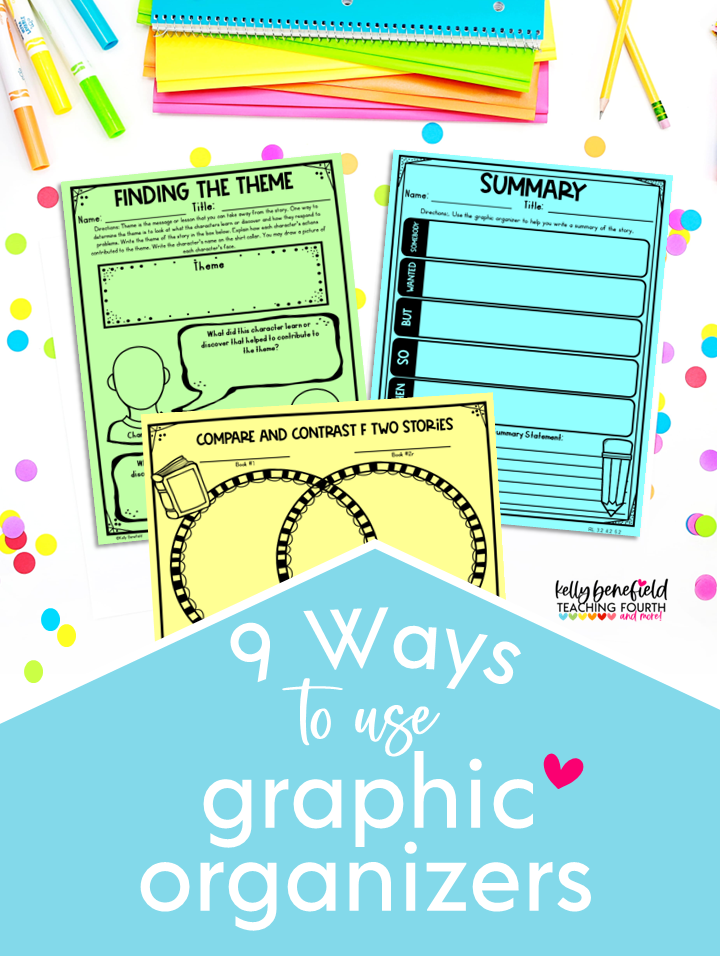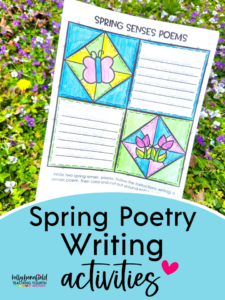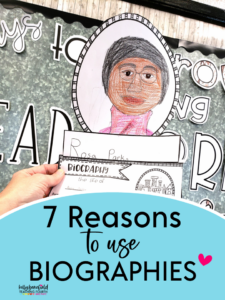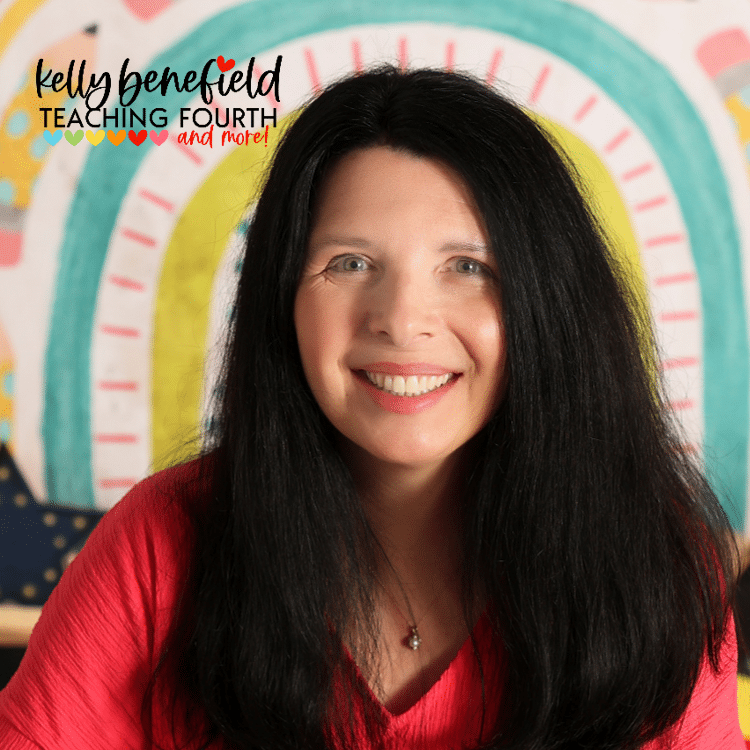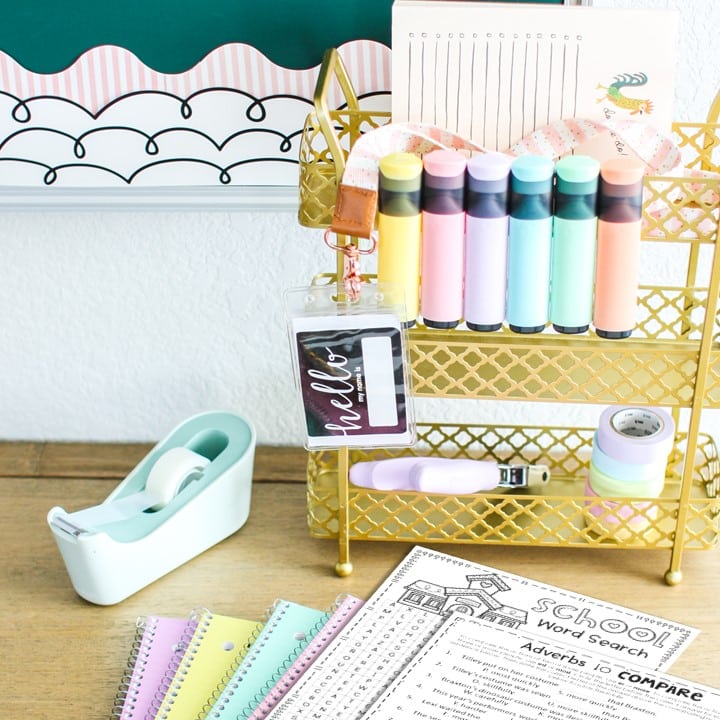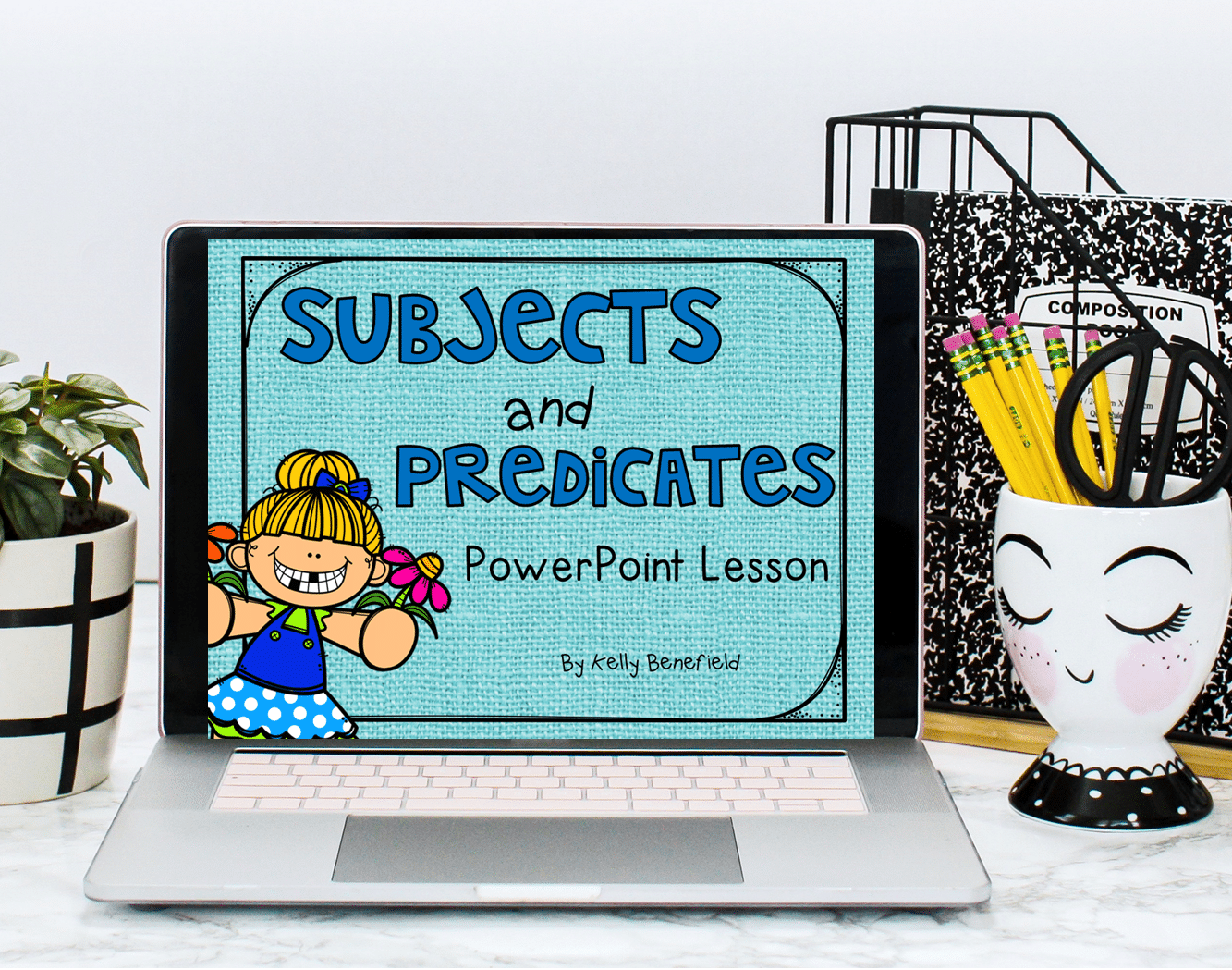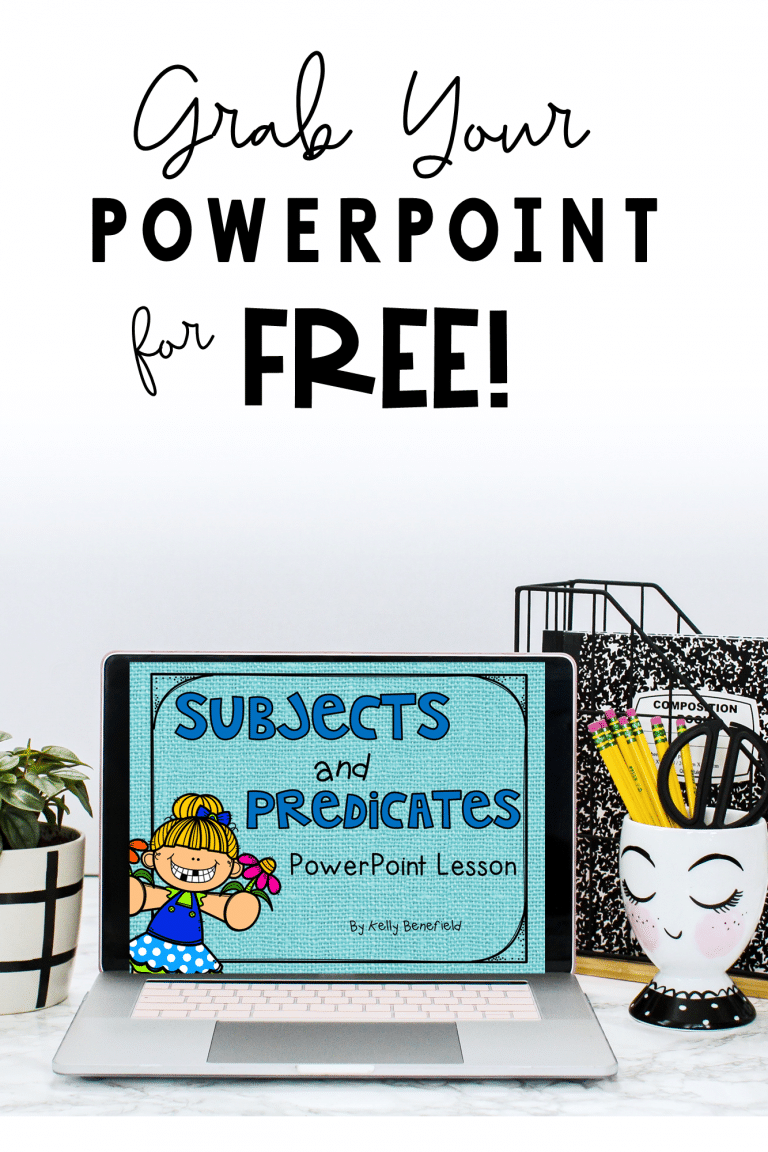In upper elementary reading classrooms, reading comprehension is at the center of our focus. Helping our students master comprehension is a complex task, and one tool that can greatly help is graphic organizers. What are some ways to use graphic organizers to improve reading comprehension when reading fiction?
Well-designed graphic organizers can help students organize their thoughts, make connections as they read, and help them construct knowledge which can help students better understand what they are reading. Here are nine ways to use graphic organizers to improve reading comprehension.
Ways to Use Graphic Organizers to Improve Reading Comprehension
Story Mapping for Narrative Texts

Graphic organizers can be used to help students map out the progression of a narrative. Using story maps or plot maps can help students identify the elements of a story: character, setting, problem, solution, and theme. Story maps may also be more in-depth by focusing on exposition, rising action, climax, falling action, and resolution.
Incorporating story maps into your lessons can be a valuable strategy to enhance students’ comprehension skills. Story maps offer a structured way for students to analyze and understand the elements of a story and encourage students to engage deeply with the text.
One key benefit of using story maps is that they support students in recognizing cause-and-effect relationships in the text. As students complete the story map, they develop a clearer understanding of how events are interconnected, and how they contribute to the overall plot development. Story maps are a valuable tool because they help students to comprehend and analyze stories.
Venn Diagrams

Venn diagrams are used to compare and contrast information. These graphic organizers can be used in a variety of ways with reading, such as comparing and contrasting characters, settings, themes, stories, genres, and so much more. A visual representation can help students organize information and see the connections between the subjects. Venn diagrams can help students use critical thinking skills and analytical skills.
Because Venn diagrams provide a visual structure and help foster critical thinking, they can help support comprehension of the text.
Predicting Charts for Critical Thinking

Students need to be active readers and thinkers in order to comprehend. Making predictions encourages students to think actively about their reading which keeps their minds engaged in the text. This allows students to better understand the story and interact with the story.
Graphic organizers that are focused on making predictions, require students to base predictions on clues from the text. Students should not just guess blindly. Combining these story clues with their prior knowledge, allows students to make inferences about what will happen next and use higher-order thinking skills. Besides, making predictions in my opinion is one of the best parts of reading. I just love trying to figure out a good mystery!
Incorporating these graphic organizers helps students as they learn to monitor their comprehension. Students learn to be more aware of their understanding and make adjustments to their predictions as they compare their predictions with the actual text.
Summarizing Graphic Organizer

Incorporating summarizing graphic organizers into your reading instruction can help students improve their reading comprehension skills. Summarizing teaches students to identify the most important ideas in a text and concisely express them. This process supports comprehension. Using graphic organizers that focus on summarizing the text provides a visual framework that helps students organize and understand the main and important details in a text.
Character Development

Graphic organizers can help students understand characters in depth. When students understand the motivations, conflicts, and traits of the characters in a story, they can gain a deeper understanding of the plot, themes, and overall meaning of the text. (See this blog post for more.)
Character analysis graphic organizers help support comprehension by encouraging students to analyze character development in a story in a thoughtful and structured way.
Genres

Each type of genre has its own set of patterns. Graphic organizers focussing on genres can help students identify these patterns which will help students better identify genres as they are reading independently. Not only can graphic organizers help students identify unique features of genres, but they can also help students break down plot structures, characters, and thematic aspects of the story to support comprehension.
Visualizing

Graphic organizers can help students demonstrate what they see in their minds as they read. Visualizing graphic organizers provides a structured and visual framework that encourages students to actively engage with the text by creating mental images of the information they have gained from the text. Students are usually asked to draw or describe these images. These organizers encourage visual thinking in order to lead to a more comprehensive understanding of the story.
Theme Tracking

A theme of a story must be inferred, so students must be able to identify events that help to support the theme. Graphic organizers that center on themes can help students identify and track recurring themes throughout a story. They can also help students recognize the relationships between events that help to support the theme. This not only promotes deeper comprehension but enhances critical thinking skills.
Exploring Setting

Graphic organizers that focus on the setting can help students explore and understand the role of the setting in a story. Students can identify and analyze descriptive elements of the setting and determine the setting’s importance to the story. Relationships between the setting and mood of the story can be analyzed and explored. As students explore the setting, they can infer the setting’s impact on characters and events.
Setting graphic organizers are not simply for writing down time and place. Higher-order graphic organizers that focus on the setting provide a structured response to allow students to explore and understand the significance of the story’s setting. Not only does this enrich students’ comprehension of the material, but it also promotes critical thinking skills.
Ways to Use Graphic Organizers in Your Classroom
Using graphic organizers in reading instruction can be a powerful tool to improve comprehension. These visual aids encourage students to move beyond a basic understanding of the text and encourage active engagement. Graphic organizers prompt critical thinking by requiring students to make connections, infer relationships, and draw conclusions. By using graphic organizers in your classroom, you can empower your students to construct meaning actively, helping them to develop a better understanding of the text.
Where Can You Get These Graphic Organizers?
All graphic organizers pictured in this post, 9 Ways to Use Graphic Organizers are available in Reading Fiction Graphic Organizers.
